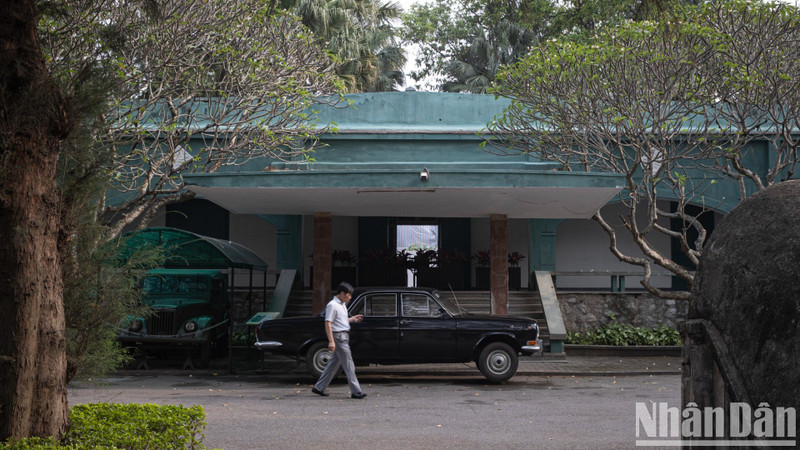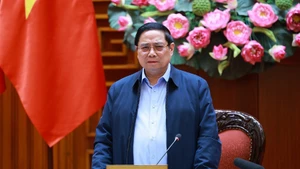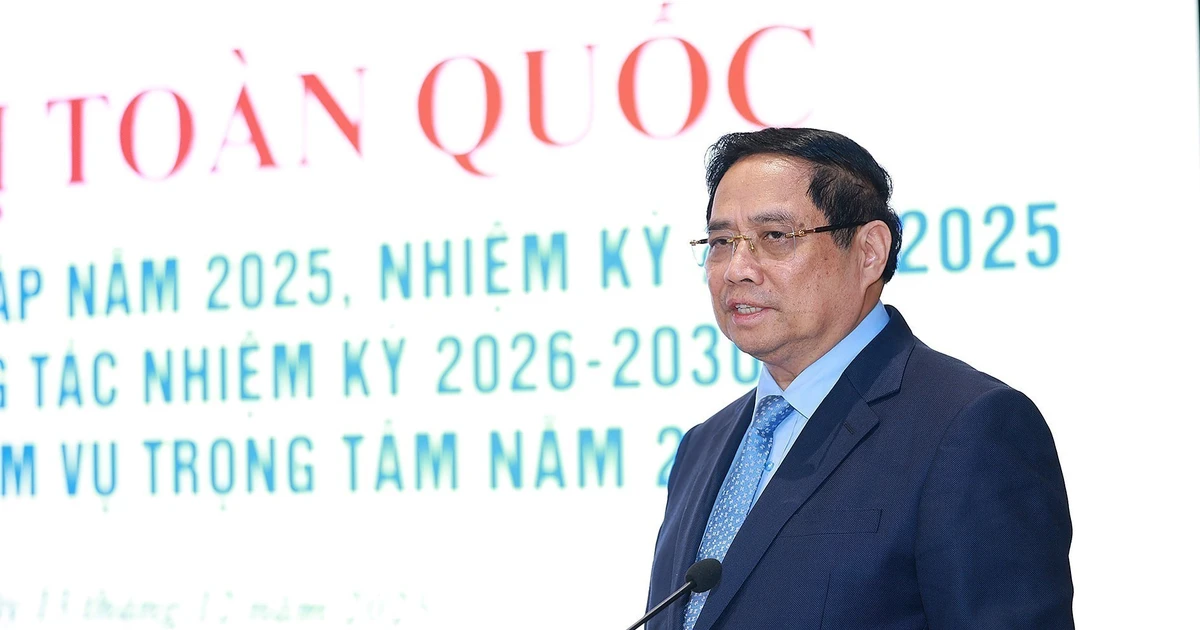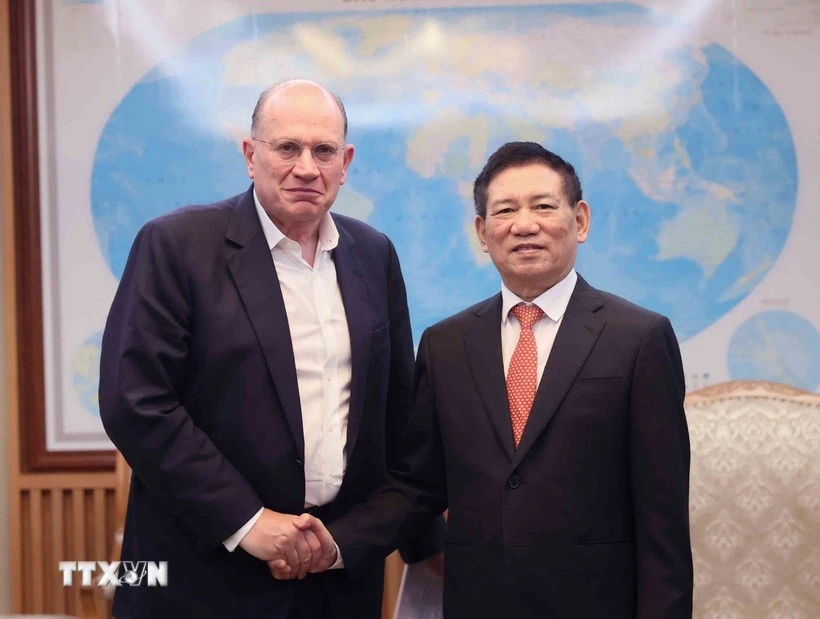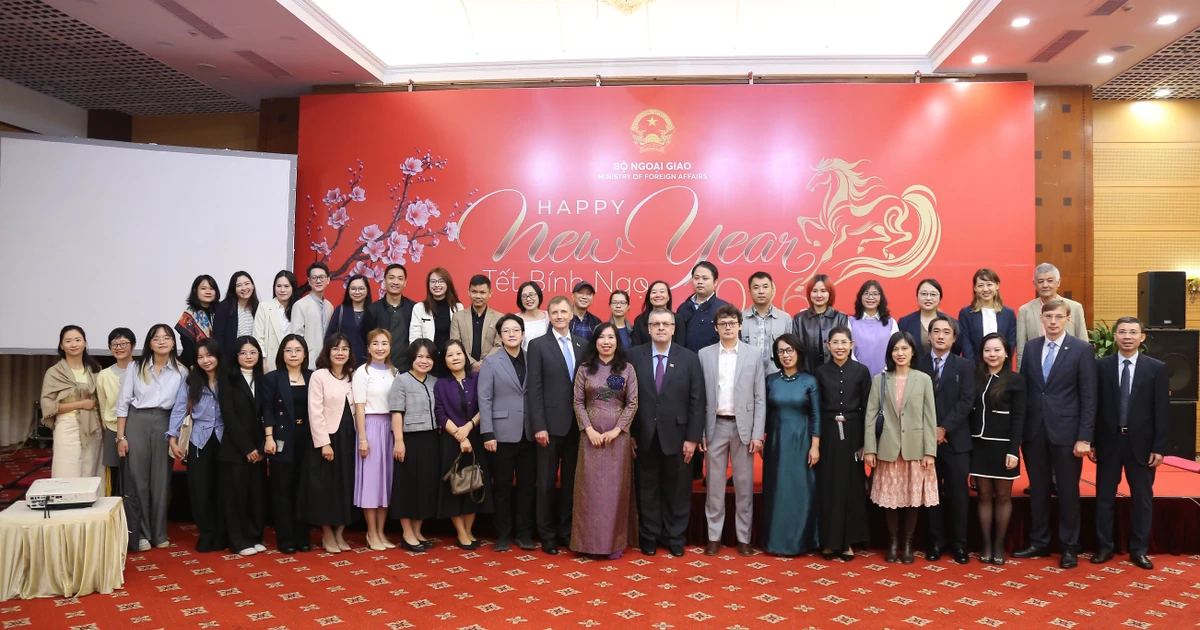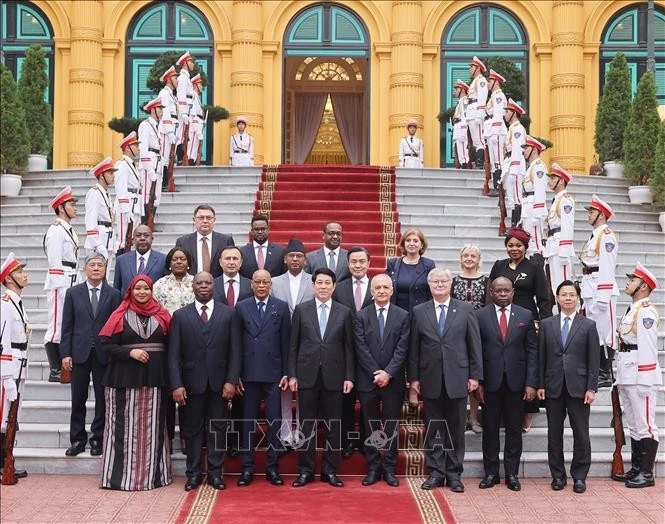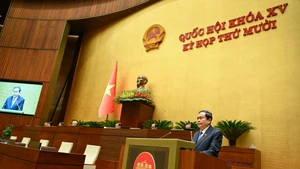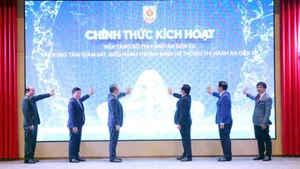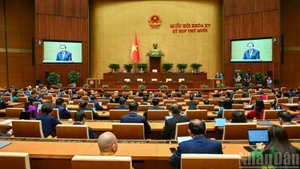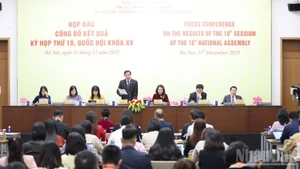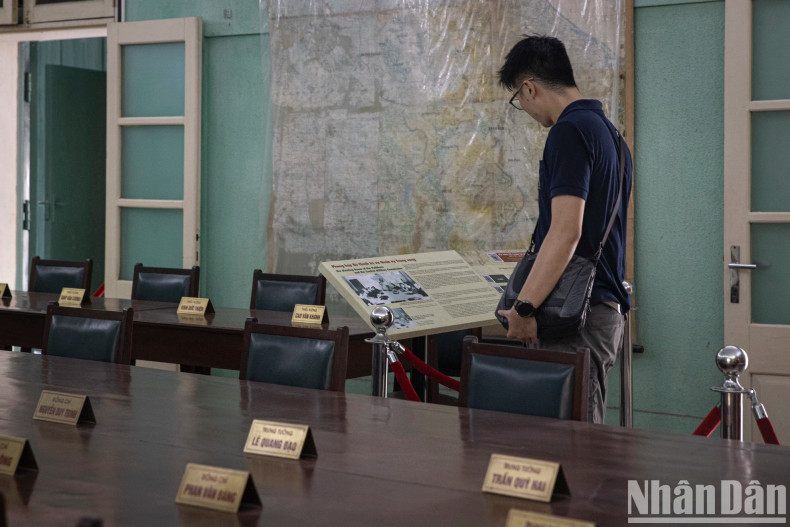 |
| The meeting room of the Politburo and Central Military Commission hosted many confidential conferences where strategic decisions were made for the southern revolutionary campaign between 1968 and 1975. Notably, from December 18, 1974, to January 8, 1975, the Politburo convened here to approve the plan to liberate the South within two years (1975–1976), emphasising that “if the opportunity arises in early or late 1975, we must liberate the South that year.” |
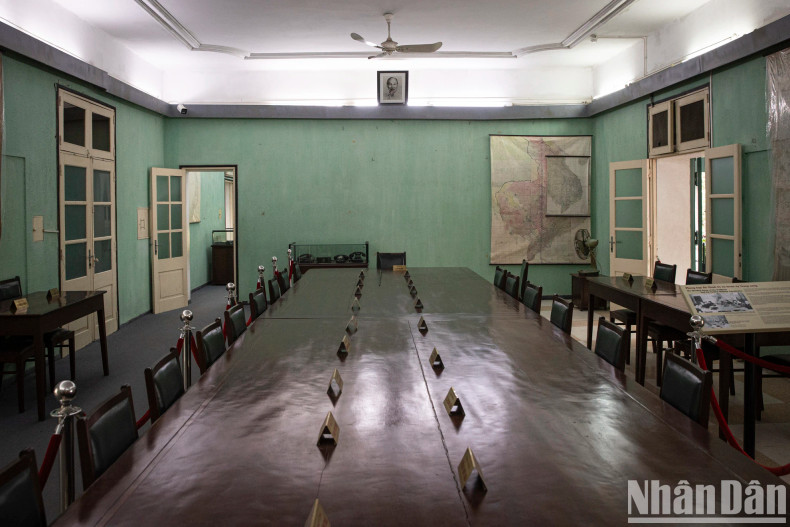 |
| The meeting table is centrally placed, oriented east-west. On the north and south sides of the room are four smaller tables used by the meeting secretaries. Presently, the table is adorned with nameplates for 24 comrades who attended the expanded Politburo meeting in late 1974 and early 1975. |
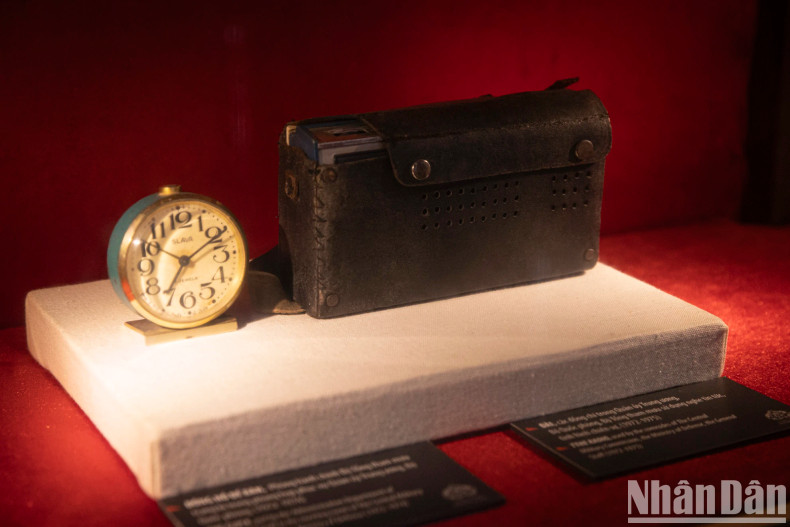 |
| Displayed in the D67 house are a clock and a radio once used by the Central Military Commission, Ministry of National Defence, and the General Staff to monitor news and war developments during 1972–1975. |
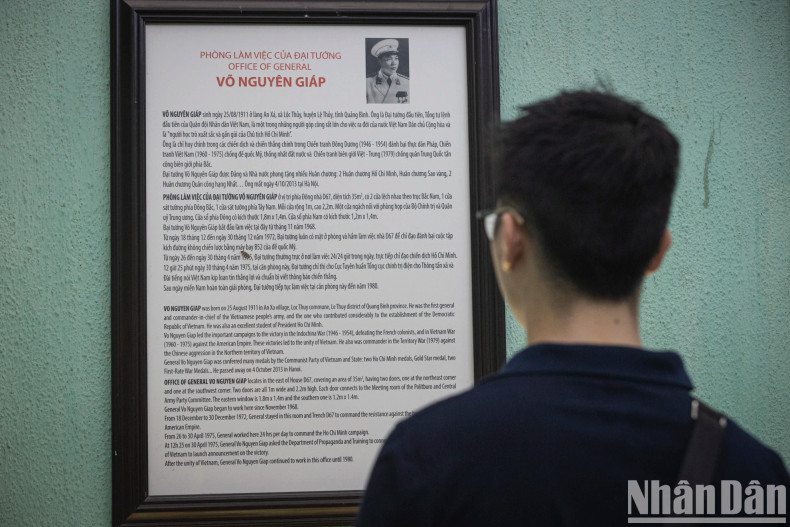 |
| Adjacent to the meeting room is the office of General Vo Nguyen Giap. |
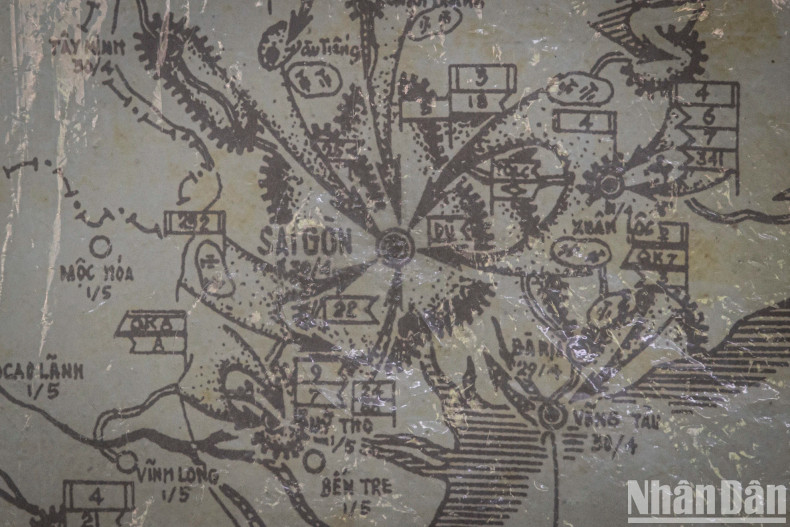 |
| In this room, as Secretary of the Central Military Commission, Minister of Defence, and Commander-in-Chief of the Vietnam People’s Army, General Vo Nguyen Giap penned the historic telegram that declared: “Speed, more speed; boldness, more boldness. Seize every hour, every minute, rush to the front to liberate the South…” |
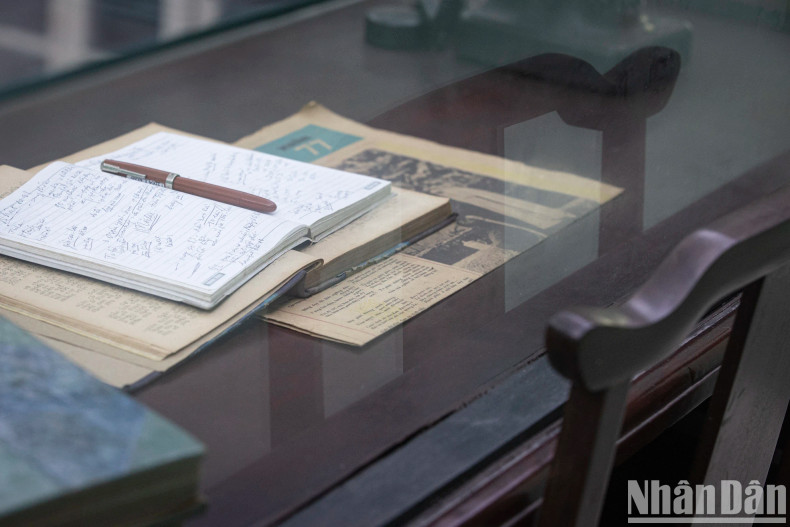 |
| The room, located on the east side of the D67 house, is 35 m2 in size and served as General Giap’s office from November 1968 to 1980. |
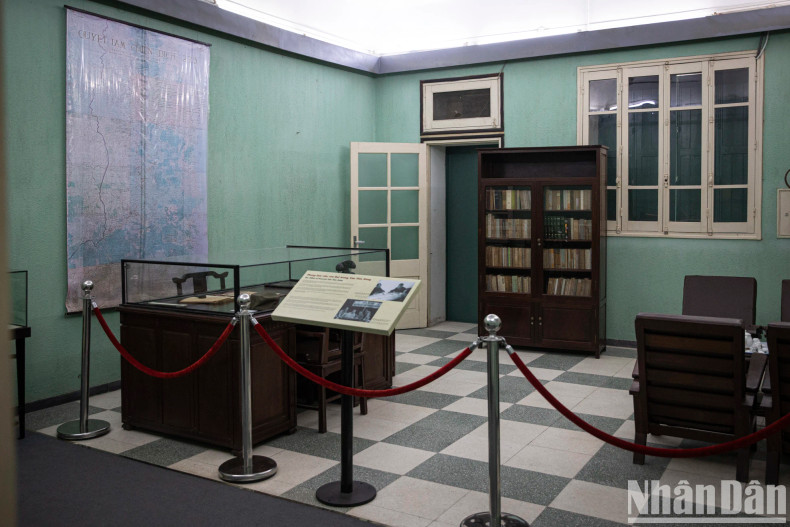 |
| General Van Tien Dung’s office is on the west side of the D67 house. As Deputy Secretary of the Central Military Commission and Chief of the General Staff, he signed many vital directives and decisions here that contributed to defeating the US air war in the North. |
 |
| The D67 bunker (Central Military Commission bunker) was built alongside the D67 house in 1967. It is 9m deep and heavily fortified to withstand bombing, with three levels of stairs for access. |
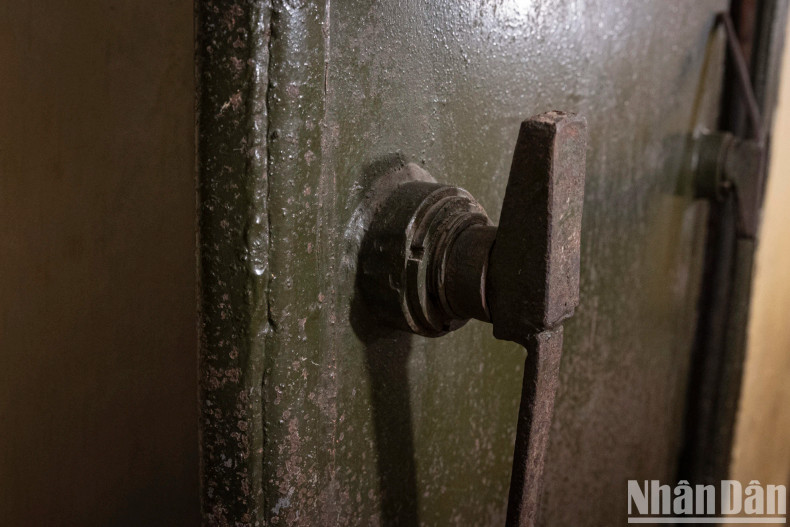 |
| The entrance doors are made of green-painted steel, 12cm thick, capable of withstanding water and toxic gases. |
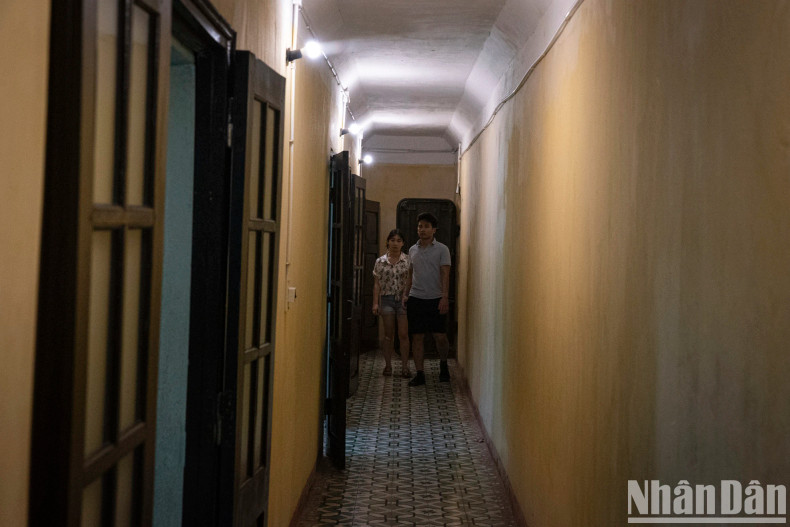 |
| The main door opens into a hallway that leads to staircases connecting to the offices of Generals Vo Nguyen Giap and Van Tien Dung. |
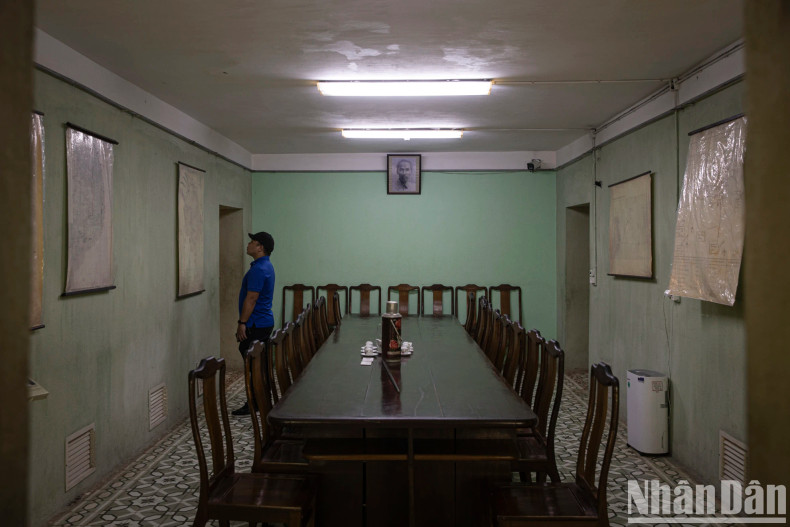 |
| The underground meeting room in bunker D67 is a solid rectangular space, 9.15m long, 3.88m wide, with reinforced concrete walls 0.47m thick. |
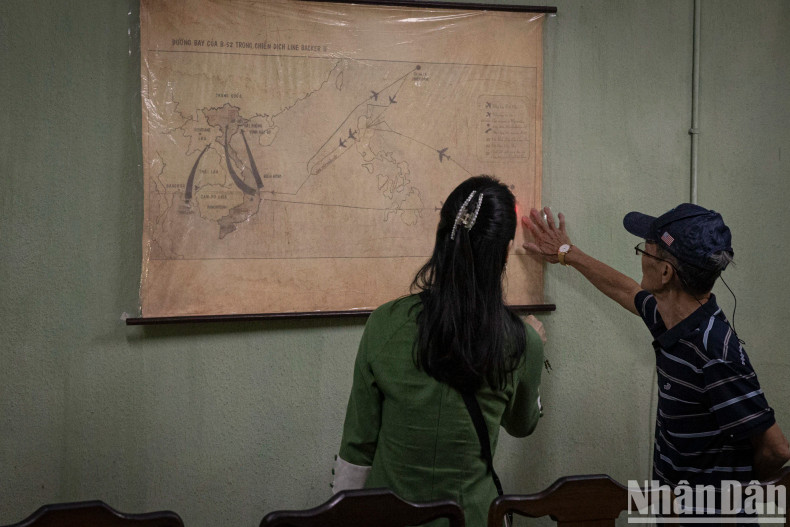 |
| Many original artifacts, including battle maps, meeting tables and chairs, and communication devices, remain intact, offering a vivid glimpse into a tumultuous yet heroic chapter of Vietnam's history. |
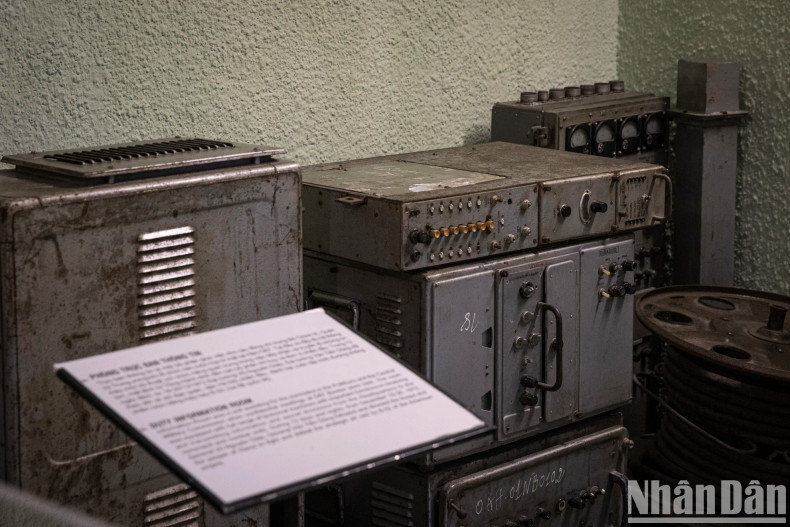 |
| Beside the meeting room is the Duty and Communication Room, used by the Secretariat. It contains a display of radio equipment and machines inside glass cabinets. |
